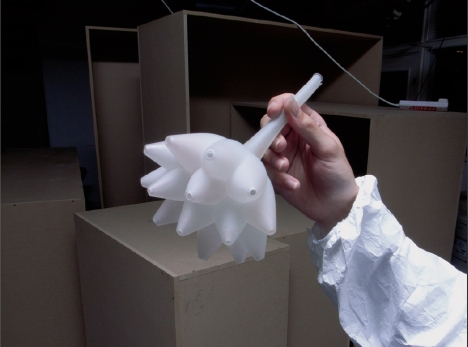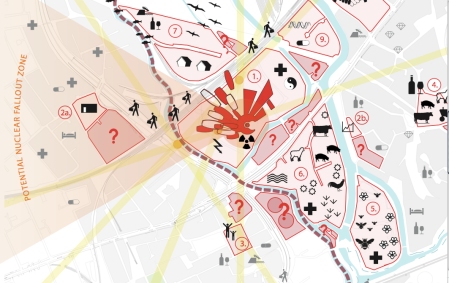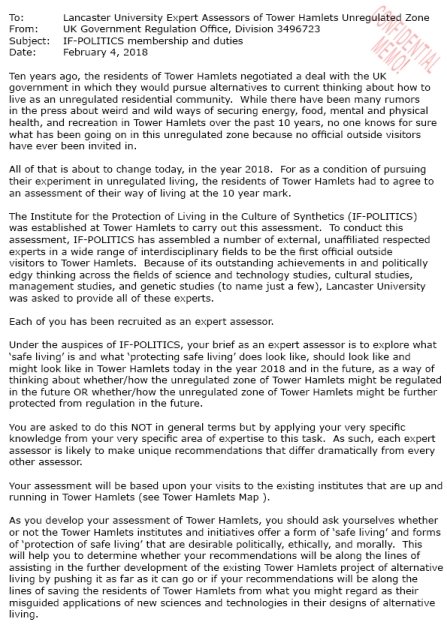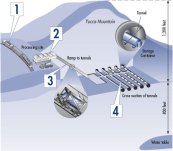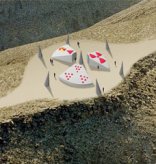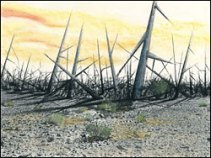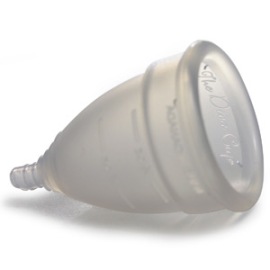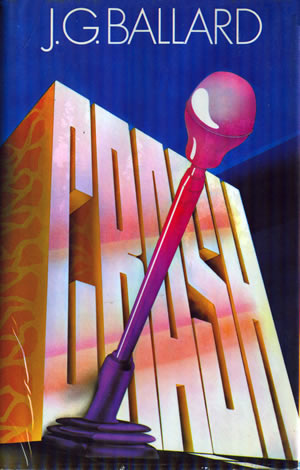Design session
Cindy Weber introduced the design speakers from RCA, LICA &Imagination@Lancaster, Lancaster University, Department of Computing, and Department of Organisation, Work and Technology.
Fiona Raby on critical design
Fiona Raby of Dunne + Raby discussed feral nature of critical design, and the accidental political nature of what it does. It works with the mismatch between official truths and what happens through the design.
Design is about problem solving: this is what designers do well. But what happens when the projects become so complex that there are no easy solutions? How does design respond to that? How does it deal with persistent dilemma? In contrast to social sciences, to question is not normal for design. Design sits at the centre of capitalist worlds.
The example of the alcohol salesman’s cane – it would siphon the alcohol in a way that preserves the norms of good manners and hospitality. A lot of the work reflects attempts to deal with imperfections.
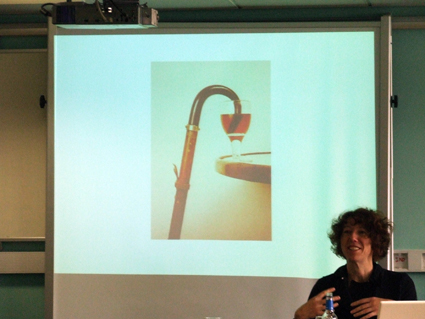
At the Science Museum, a piece on the future of energy tried to do something with the impossibility of predicting the future of energy. The exhibit was aimed at children 7-14 years. Three scenarios resulted: 1. using meat products-based microbial fuel cells; it would have stylised blood-bags to fuel ipods; and manuals to help people relate to this. 2. Human waste becomes an important commodity: how would toilet design change? lunchbox that carries food to school and poo home. 3 Hydrogen is probably a solution: households might compete to produce energy, families are energy productive units, birthday contracts between parents and children to manufacture energy throughout their lives, for instance by wearing hydrolysers during play. Children had discussions with their parents about the objects.
‘Technology makes us smart savvy people in control of their lives.’ The work of J.G. Ballard paints a world filled with insecurity in the midst of technology. ‘Therapy culture’ means that we are not robust enough to deal with strong feelings. Fears of being kidnapped, abducted abound. So Raby and Dunne designed an object people live with, made of flooring materials. The object opens so that you can dive in and protect yourself from such feelings. Rather than being a victim in this space, it would give you pleasure. It was important that you could slide it open easily, even with one finger. The boxes were later used in a photo fashion street, a collaboration.
The Huggable Atomic Mushrooms was made before the London bombings. Different versions used different scales and materials.
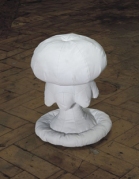
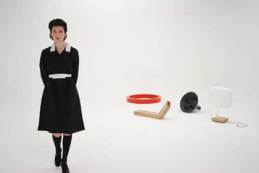
There are many robots in Japan. They are either becoming more human-like or becoming ubiquitous. They disappear into the environment. Is there a different way to imagine what a robot could be? There could be a purely autonomous robot, a red ring, that is only distracted by electromagnetic fields. It moves out of them. It runs your home, but does nothing for you except offer an electromagnetic free space. Another robot could have an identity that comes from itself. The possibilities of sensing are manifold, but who decides what is dangerous? This robot would be paranoid because it has to make decisions about what is dangerous or not. Another robot would be awkward to hold, you have to stare deeply into the eyes of a wooden thing. The issue here is eye-contact. Do robots need us less than we need them? The domestic robot needs to be moved constantly. Who is control here: it or us? Each robot is a seed to open questions. With all of them, the idea is to jump straight into making something.
After many years working with digital technologies as designers, the biological and DNA-based research seemed a long way from everyday life, and from designers do. Could designers engage with biotechnologies? There so much mis-communication around biotechnology. With design, it might be possible to intervene in everyday life rather than making big statements. What happens as some of this becomes products? R & D tried to create a platform that would allow people to engage. Bioland is an out-of-town shopping centre where all bio-needs could be purchased. It has a hospitals, clinics and shops.
The Zebra-fish pollution detector was too expensive to use and ended up as an exotic pet. Featherless chickens allowed cheaper production. Behind all this, the promise of the technology is pervasive. For instance, people giving tissue samples on the promise of future therapeutic interventions. There are ethical difficulties in certain projects: for instance, to get bone materials, only the wisdom teeth can easily supply it (see Ian Thomson’s work at Imperial College).
Mr Ventner offered at one time for £400k to predict what illness you might die of, as well as CD with your genome on it. Would future health really affect your life? The Evidence Dolls come with indelible pen and represent a change in the nature of dating and love relationships. They would be based on DNA analysis. Samples could be stored between the legs of the dolls Women were asked to re-evaluate their lovers in terms of genetic potential using the Evidence Dolls. Each doll represented an interview about a lover. Women said that they would get DNA analysis done on their lovers hair sample. Why not have the best nature can offer? Perhaps cloned in the form of a dog. The desire to put DNA into things and possess them is there.
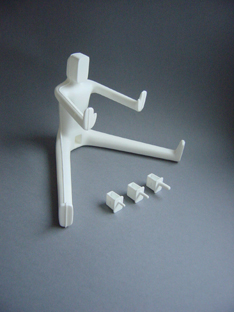
Final point: people find out about things too late. Design can be a point that makes things visible thing earlier.
Filed under: workshop 1 | Tagged: critical design, energy, future, objects, product, robots | Leave a comment »











